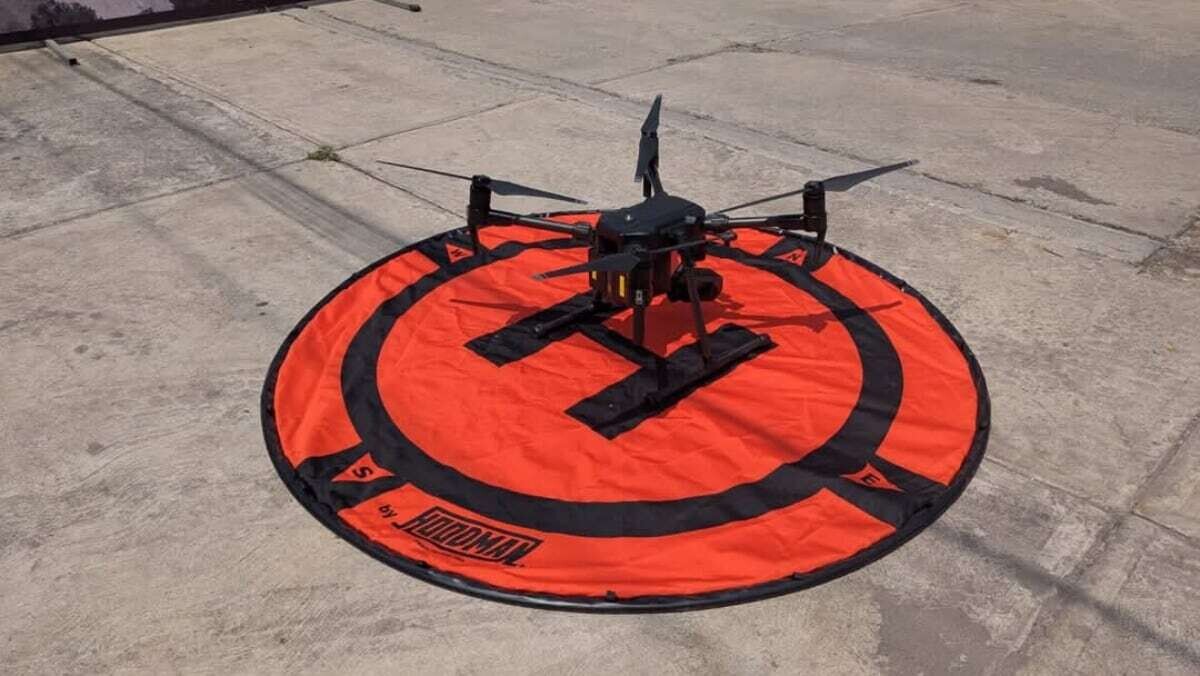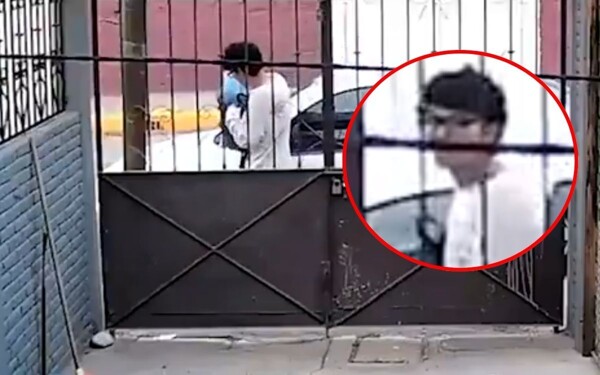
In Cuautitlán Izcalli, in the State of Mexico, three unmanned aerial vehicles equipped with technology from the United States Space Agency (NASA) are being used as part of a new security strategy implemented in the municipality. The goal of this initiative is to provide police attention within a maximum of three minutes in case a report is received.
Mayor Daniel Serrano Palacios presented the "Blindaje Cuautitlán Izcalli" program in the Santa Rosa de Lima neighborhood, which is one of the communities with the highest crime rates in the area. This program, which has required an investment of more than 70 million pesos, includes the installation of 297 neighborhood networks or alarms in 75 quadrants, the leasing of 75 new patrol cars and 15 motorcycle patrols, as well as the creation of an application that will function as an alarm button in emergencies.
According to the municipal president, the program focuses on those neighborhoods identified with high crime rates, such as the Cuamatla Industrial Zone, Hacienda del Parque, La Quebrada, and Santa Rosa de Lima, among others. "Blindaje Cuautitlán Izcalli" combines tactical and operational tasks to strengthen police intelligence efforts and reduce the response times of the Municipal Police.
The strategy is based on three pillars: the consolidation of 297 "Neighborhood and Alarm Networks for Peace", the installation of 594 surveillance cameras in strategic locations, the use of three drones for aerial "patrolling", and a program called "Protected Woman". The neighborhood alarms, which will be placed every 300 meters, will be connected to the Command Center (C4) and to the patrols operating in the area.
These drones are part of the Aerial Robotic Security and are equipped with high-definition cameras, night vision, and the ability to fly up to one kilometer in altitude. Thanks to their technology, they can record vehicle plates, faces, and other relevant details that may assist in identifying potential criminals. Moreover, their use is not limited to surveillance tasks; they can also provide support in emergency situations such as floods, fires, or other incidents.













